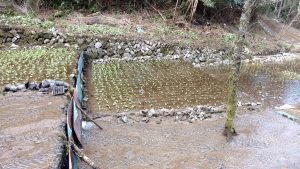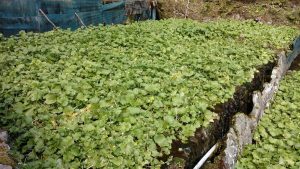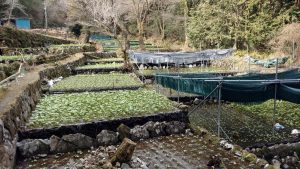Izu Wasabi
Sushi has become very popular throughout the world. Perhaps the most recognizable ingredient in sushi is wasabi. By now, many sushi lovers know that the wasabi they have on their sushi is not actually wasabi. It is a horseradish based mixture of ingredients designed to mimic wasabi.
So what is real wasabi? It is the stem (not root) of an aquatic plant that grows in cold mountain streams. It is also very sensitive: grated wasabi must be eaten within 5-15 minutes in order to taste its fullest flavor and experience its most robust impact.
Let’s talk horticulture. Wasabi is a rhizome type of plant. It is easy to think of the part we eat as the root of the wasabi plant, but it’s actually the stem. A rhizome is the part of the stem that develops underground. They spread out horizontally, parallel to the soil, and sprout up new plants. Asparagus and bamboo are also types of rhizomes.
A similar type of plant is a tuber. And many tubers are also underground stems, like the wasabi plant. The stem tubers we all know and probably eat are the potato and carrot. There are also root tubers, like the sweet potato.
One of the main differences between a rhizome and a tuber is that tubers do not spread out horizontally.
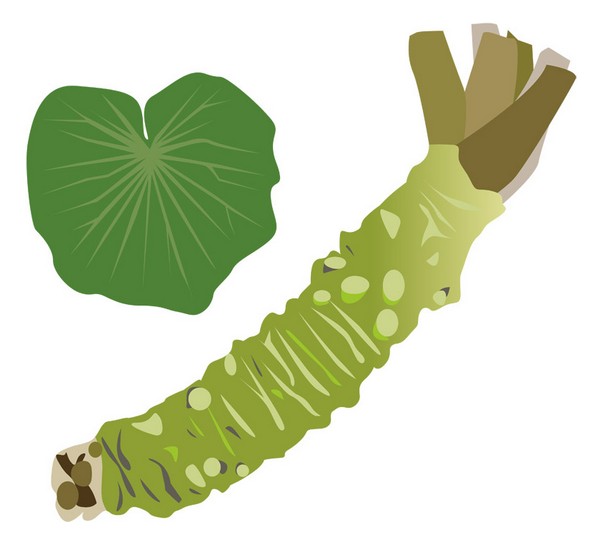
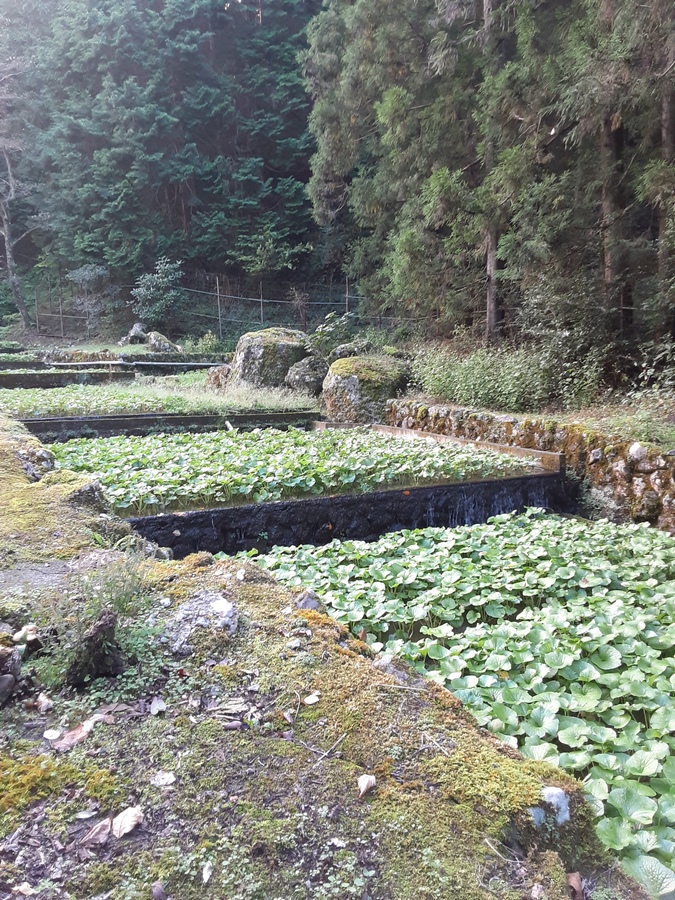
A typical wasabi field is called a wasabi-da in Japanese. Most wasabi fields in Izu are close to year-round rivers, which are fed by waters flowing down from the Amagi mountains.
The terraced design used by wasabi farmers in Izu is called tatami ishi shiki in Japanese and means terraced stone style. Water flows in at the top and flows through each field, keeping a constant flow of fresh water.
Without this constant, cool water and a cool air temperature, wasabi will not develop properly. That is why the cool mountain rivers of Izu are so well suited to wasabi production.
New wasabi plants can be propagated directly from the rhizome, like a potato, or from seeds. Flowers begin to bloom in the winter, and the seeds are fully developed by May.
Farmers start the seeds in pots and transplant them to the wasabi fields.
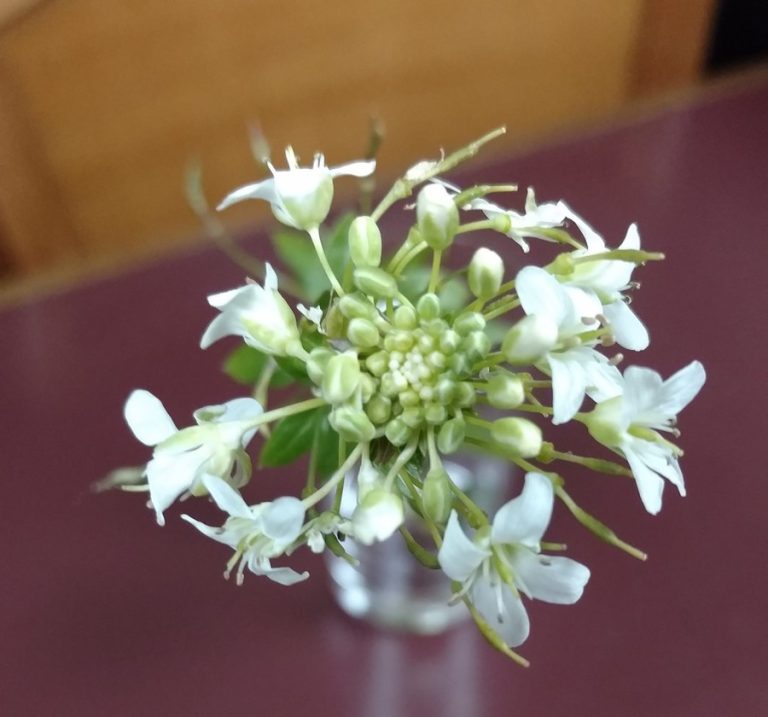
There are wasabi fields all over the Izu peninsula. Naka Izu in Izu City is the most famous area for wasabi production. It produces the greatest amount of high quality wasabi in Japan.
If you want to learn everything there is to know about wasabi and its cultivation, please visit the Shizuoka Department of Agriculture’s website Traditional WASABI Cultivation in Shizuoka.
The most famous wasabi production area in Izu is in Naka Izu near a town called Warabo where the Omi, Jizodo, and Sugehiki Rivers flow down from the Amagi mountains.
If you want to have the ultimate sushi experience, make a trip to Izu and find a sushi restaurant that serves fish freshly caught from Sagami Bay in the east or the Suruga Bay in the west and that uses fresh wasabi from Izu City. This would be a sushi lover’s version of heaven!
Here is a short film I made showing how water flows through a tatami ishi style wasabi field.
In January of 2022, I met Mr. Ryota Inoue and his family at one of their wasabi fields near my home in Ito. Mr. Inoue is the 8th generation wasabi farmer of his family. They started growing wasabi in the early Meiji period, when America first started diplomatic relations with Japan.
These photos show Mr. Inoue’s wasabi plants in various stages of development.
